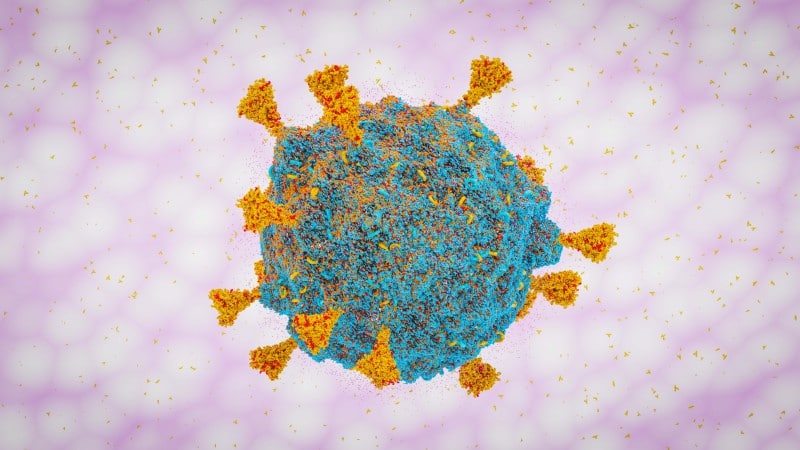We are all tired of the pandemic, but they say that Omicron is the last serious strain of COVID—19, after which the infection will become no more dangerous than seasonal flu. Is it true?

The Omicron strain really turned out to be much less lethal than Delta. However, it spreads too quickly and hundreds of thousands of people stay at home and get to hospitals with symptoms of infection. Although this option turned out to be less lethal, it created a new wave of infections and dramatically increased the burden on the healthcare system.
However, according to several virologist experts, Omicron is not the last option. Most likely, the coronavirus will continue to mutate, and a new dangerous strain will evolve from another variant. “There is no reason to believe that the virus has run out of opportunities genetically,” said Kartik Chandran, a virologist and professor of microbiology and immunology at the Albert Einstein College of Medicine in New York. “I expect we’ll see more options, and we’ll see similar waves of morbidity.”
But while the next option may learn to spread faster and deceive the immune system, it remains unclear how the severity of the disease it causes will change. Future options may gain a competitive advantage through several paths. Theoretically, one of these potential trajectories could lead to a more virulent but less dangerous strain than Omicron.
Viruses, from the point of view of distribution and survival, are generally not very profitable to kill the host, because then he loses the opportunity to penetrate the body of even more people. Therefore, most likely, the following strains will be even more contagious, but less dangerous. The same opinion is shared by the CEO of the vaccine manufacturer — Moderna Stefan Bansel:
“There is an 80% chance that as the omicron strain or SARS-CoV-2 as a whole spreads and mutates, we will see less and less virulent viruses,” he said.
Today, no one knows how the COVID-19 pandemic will end. It remains for us to observe security measures.
